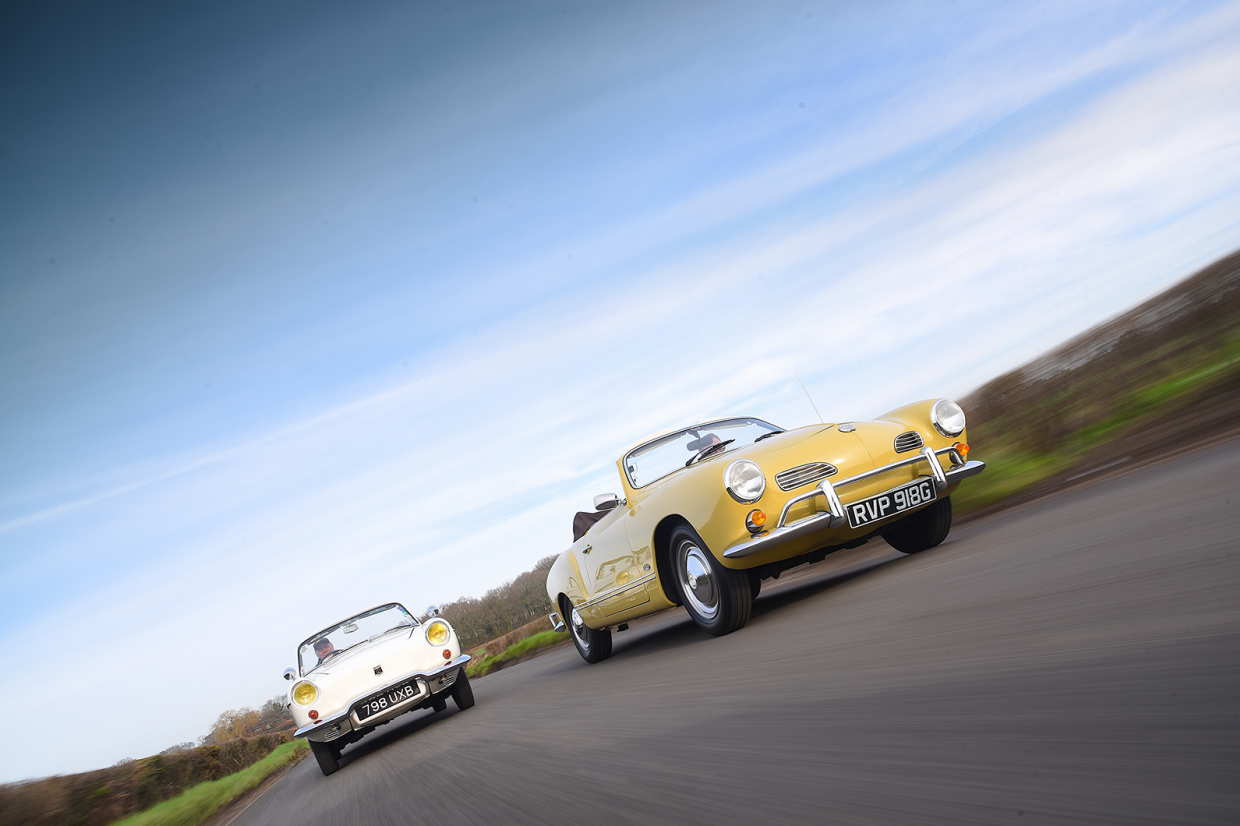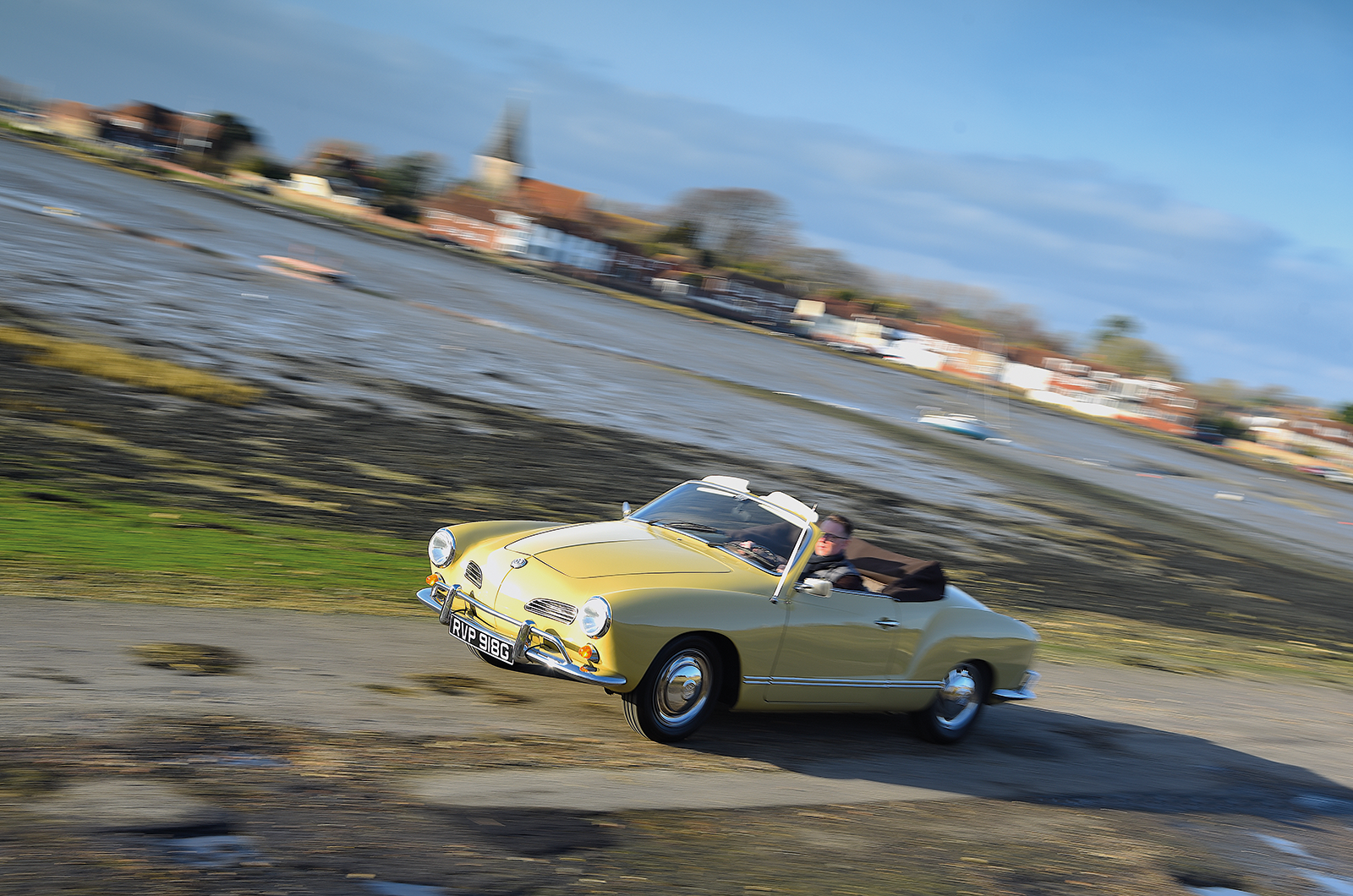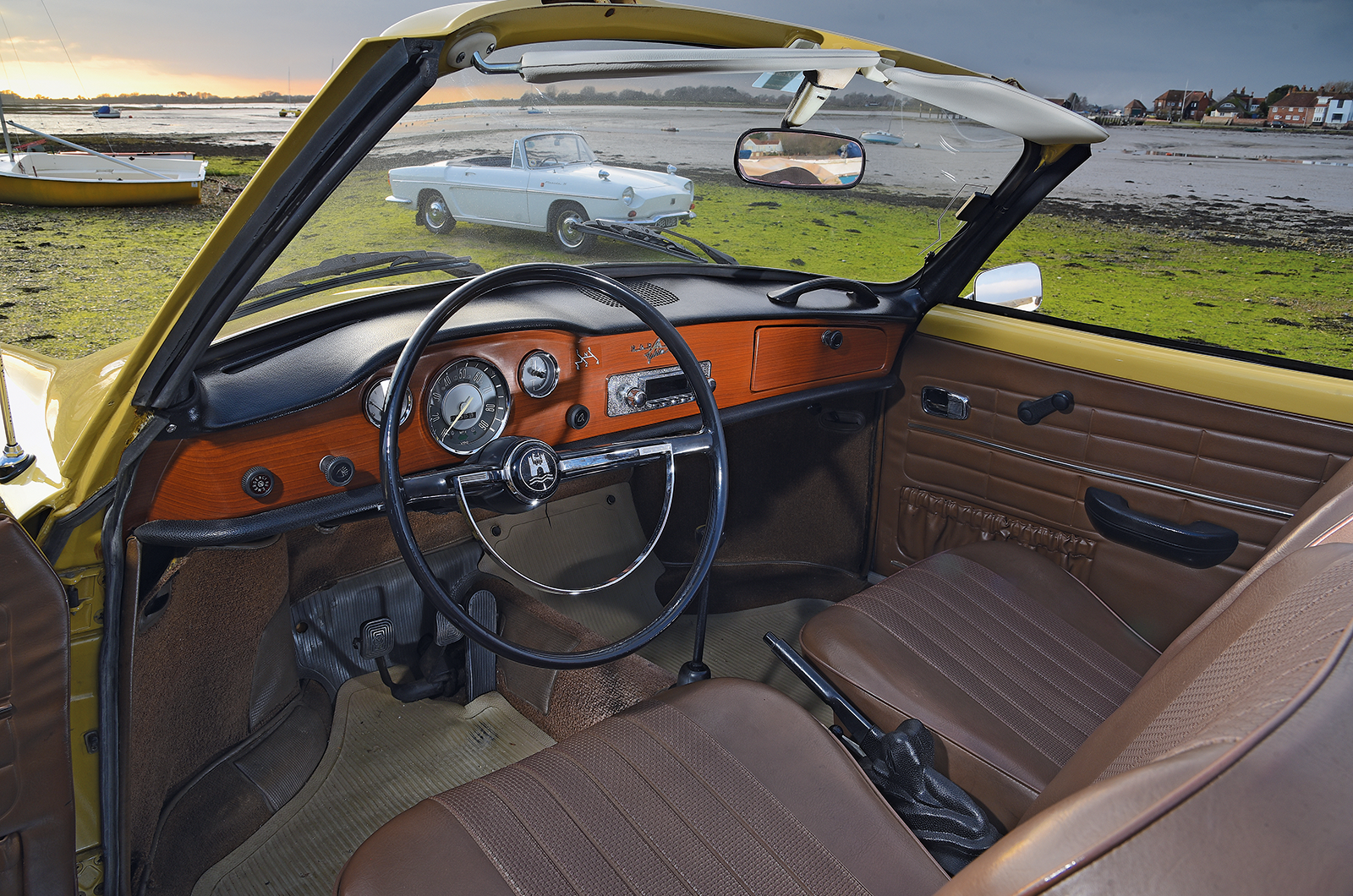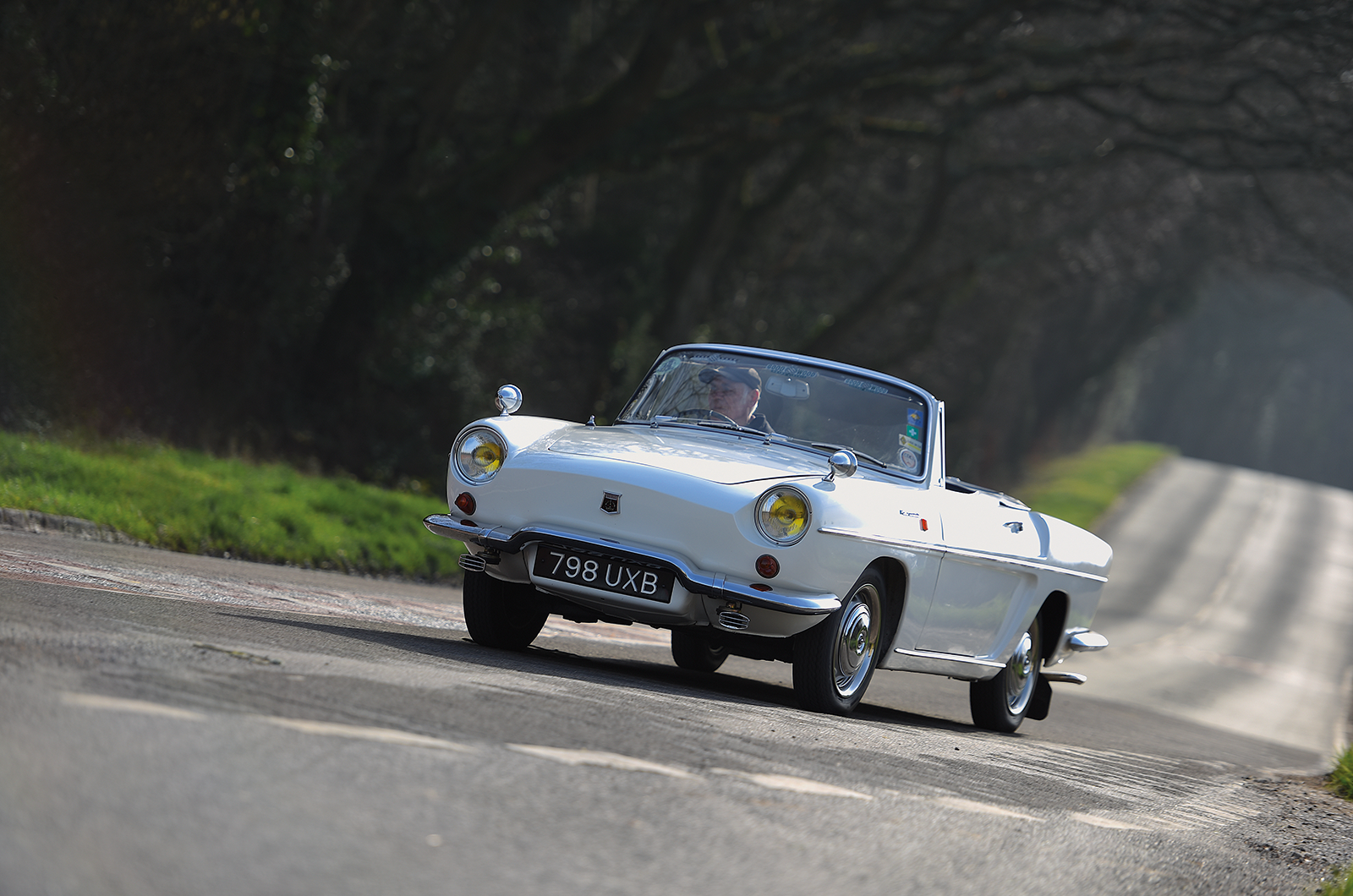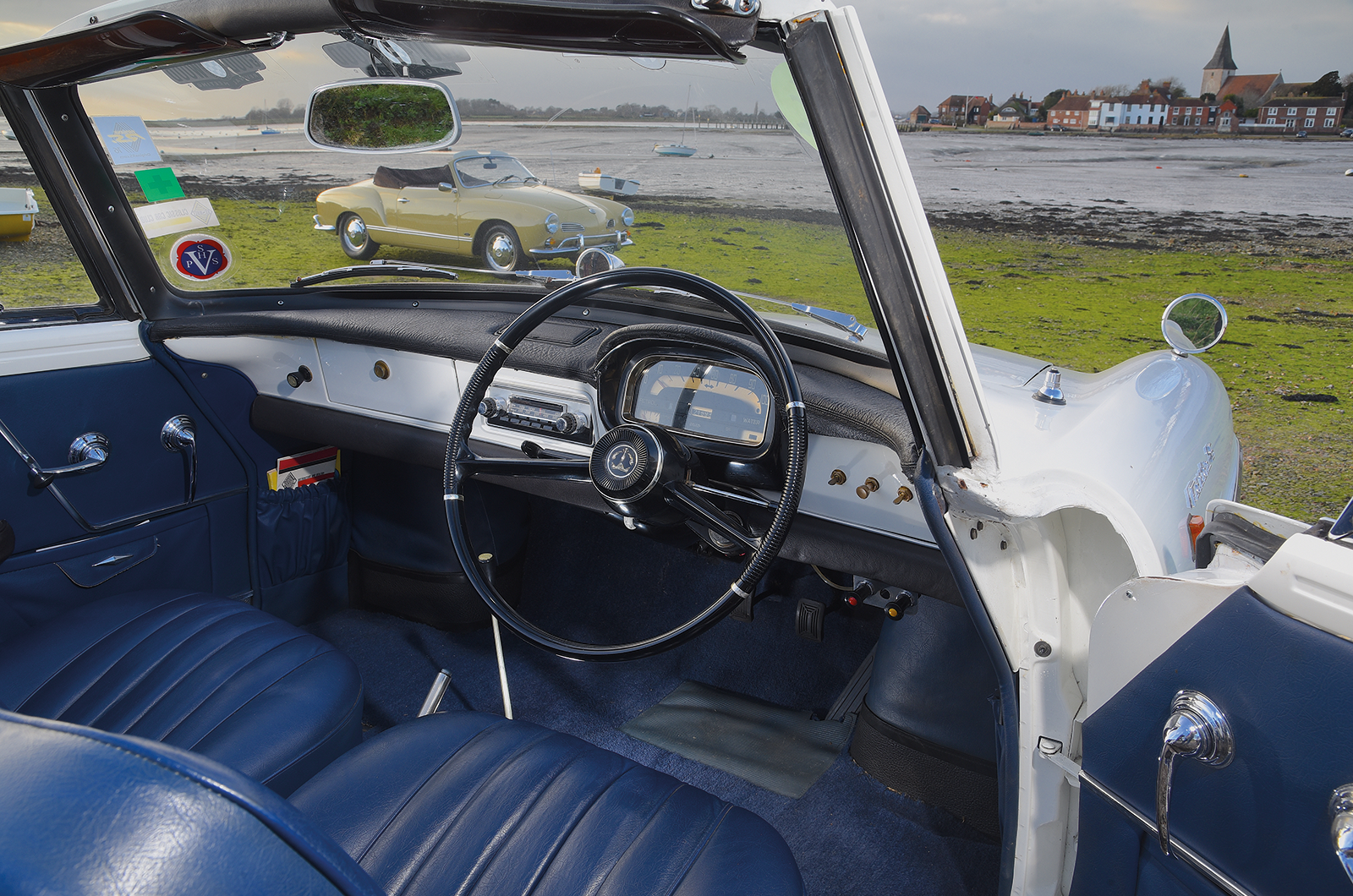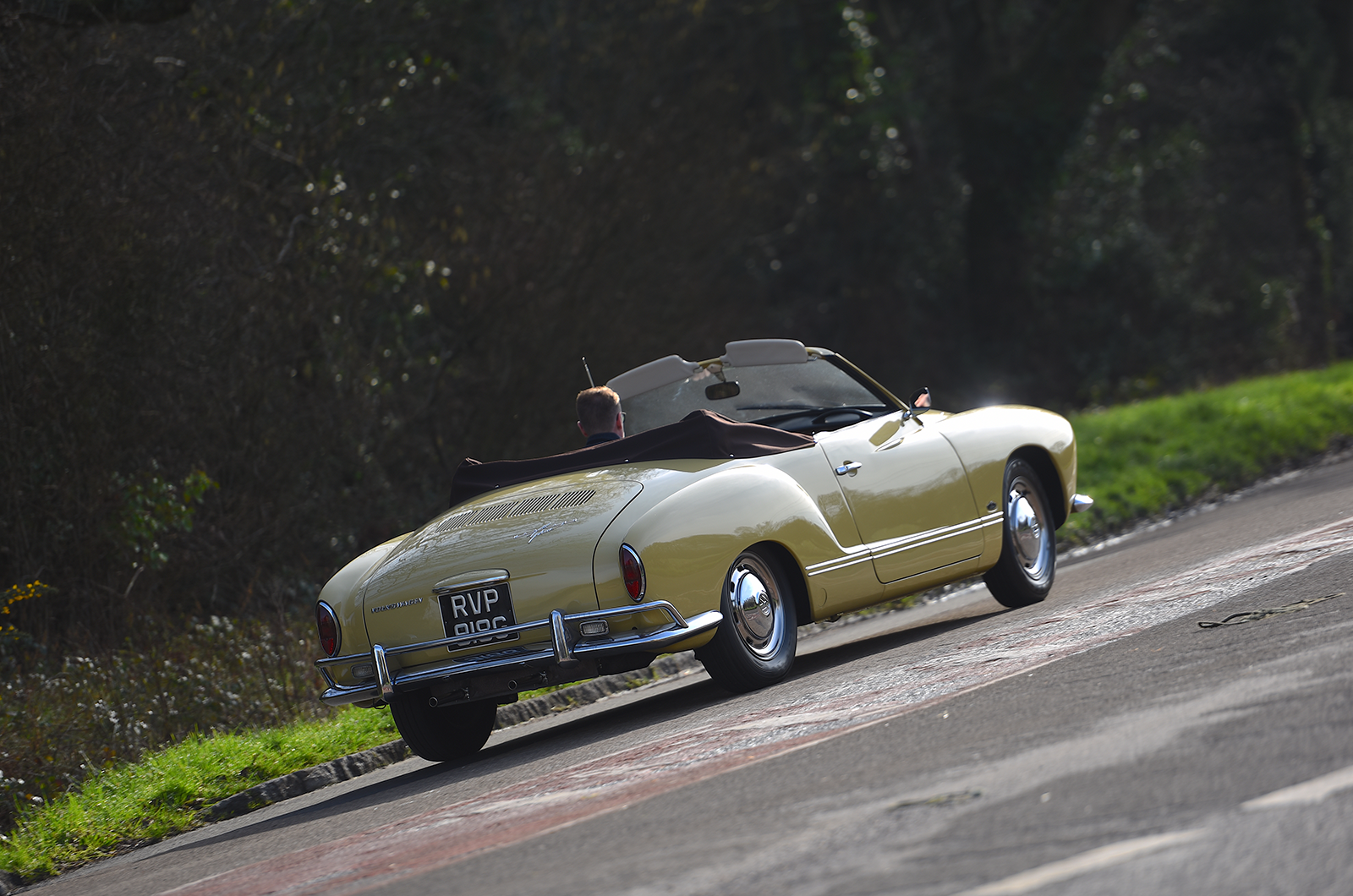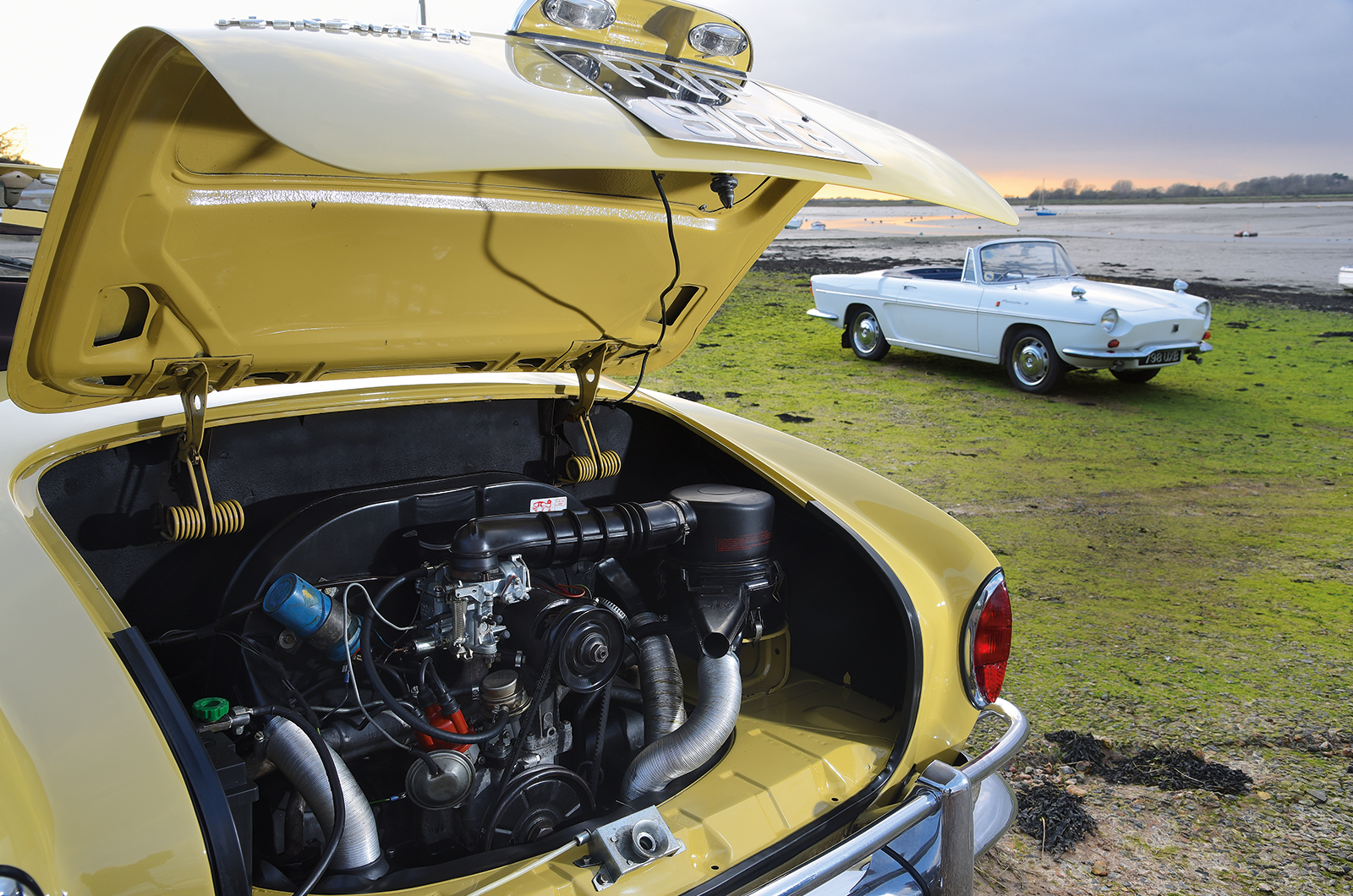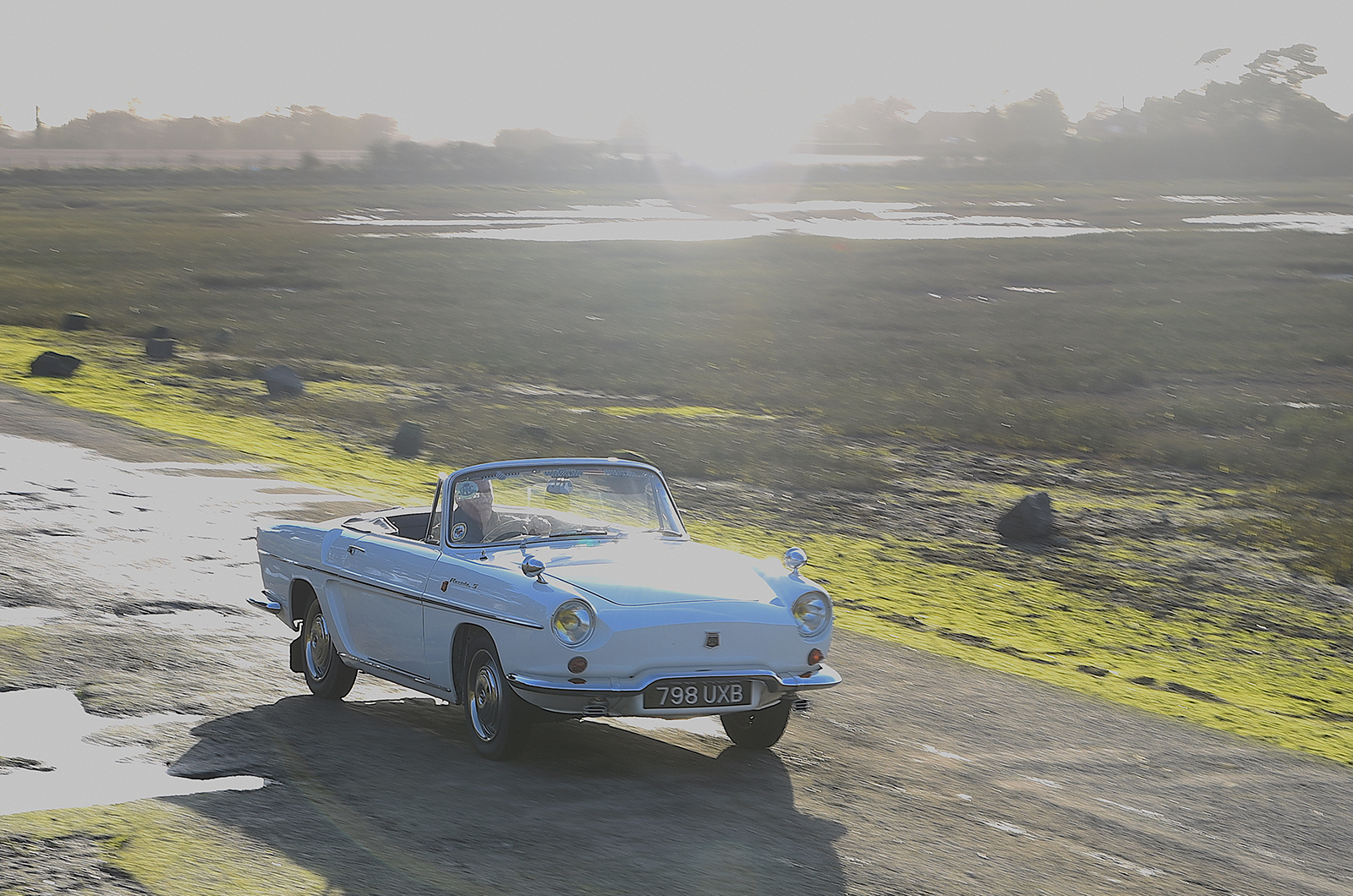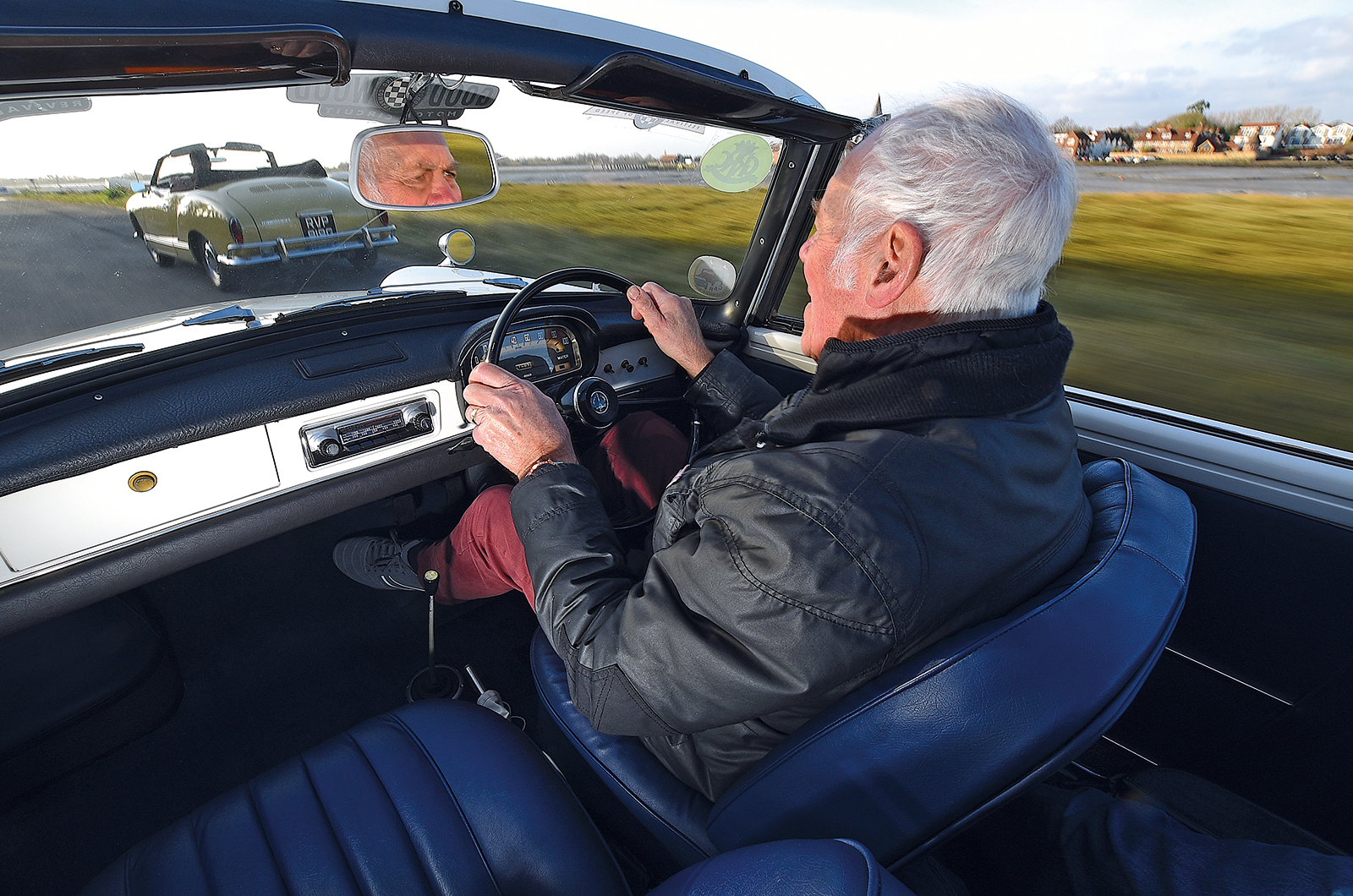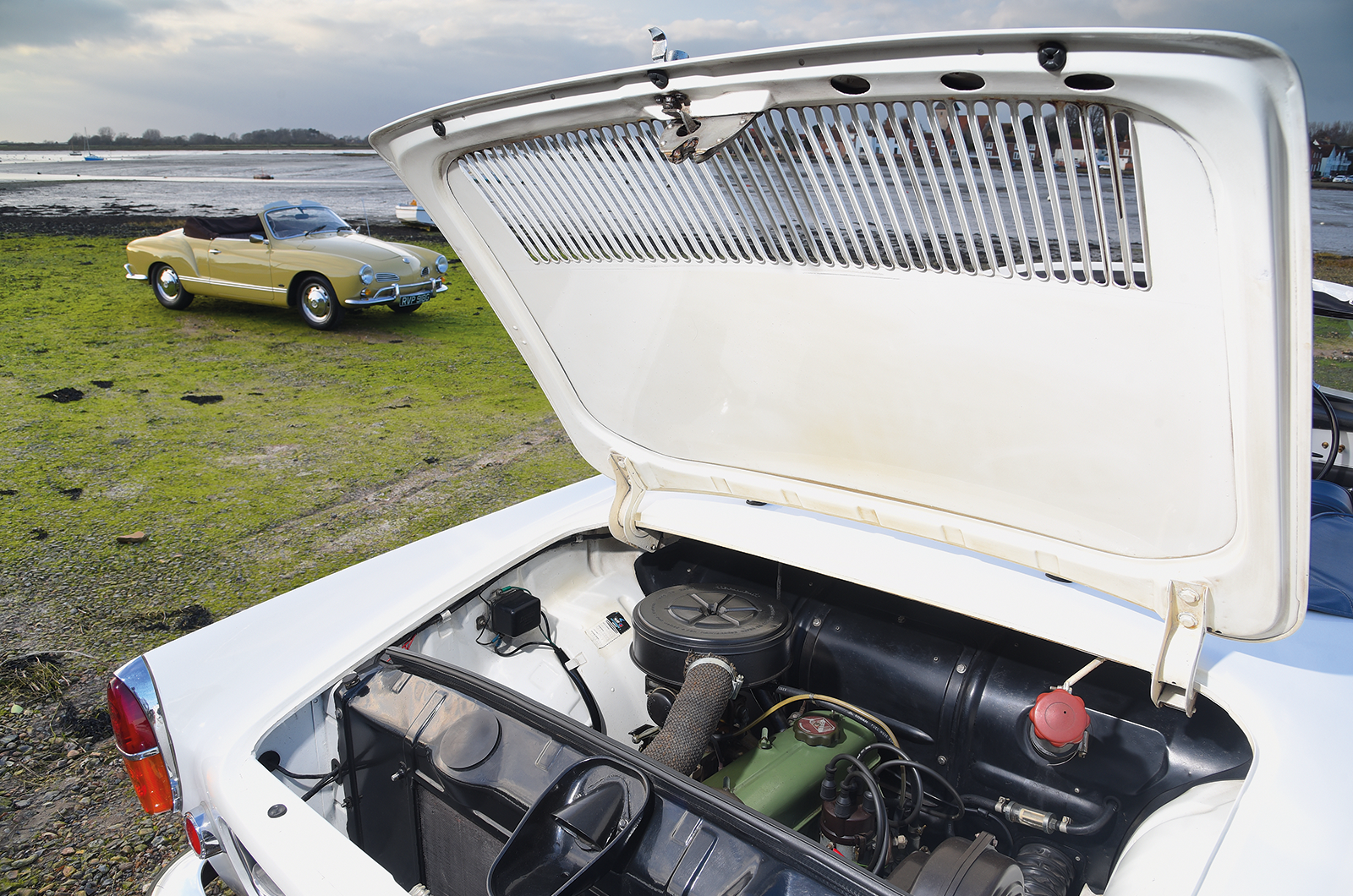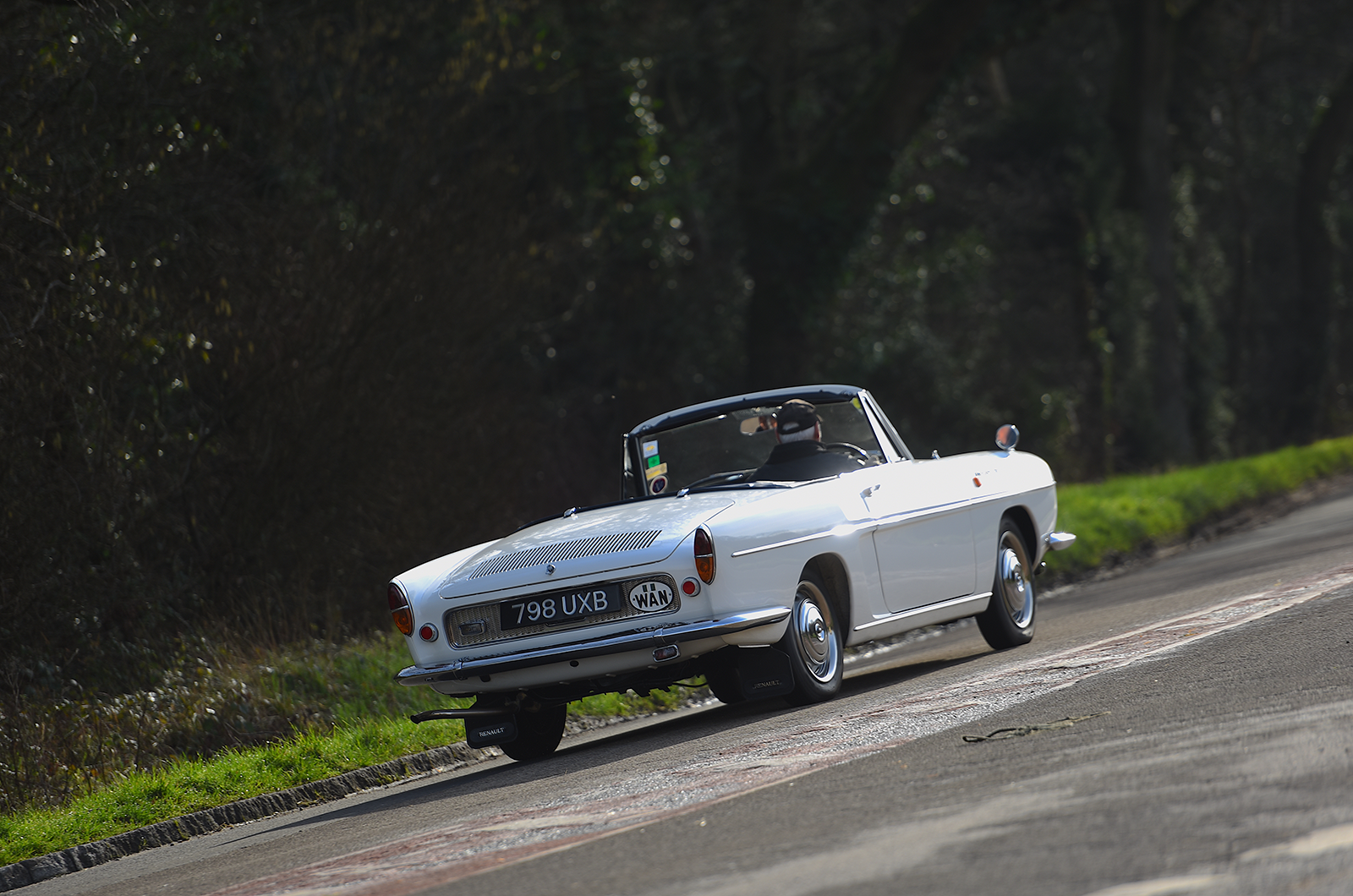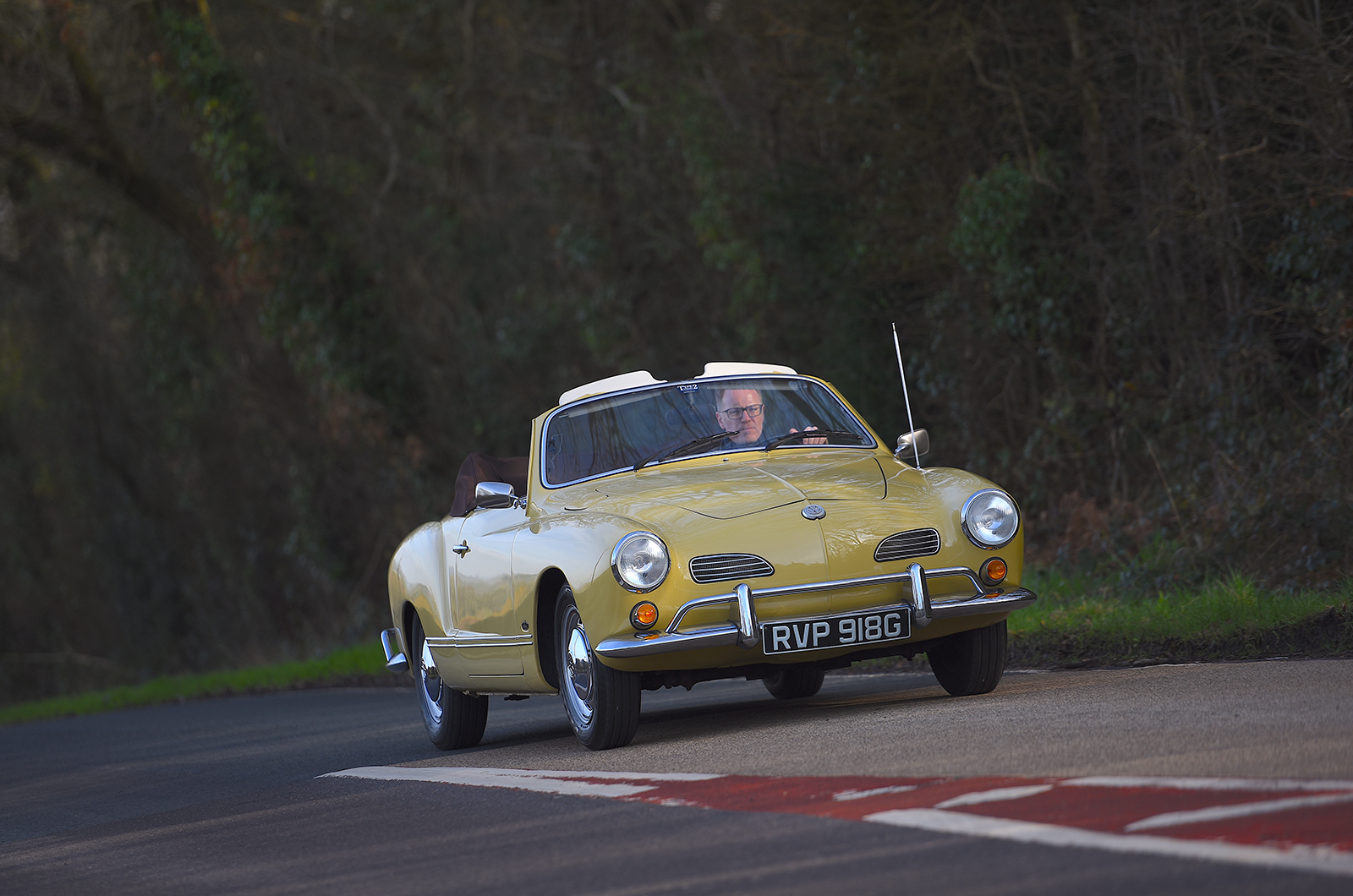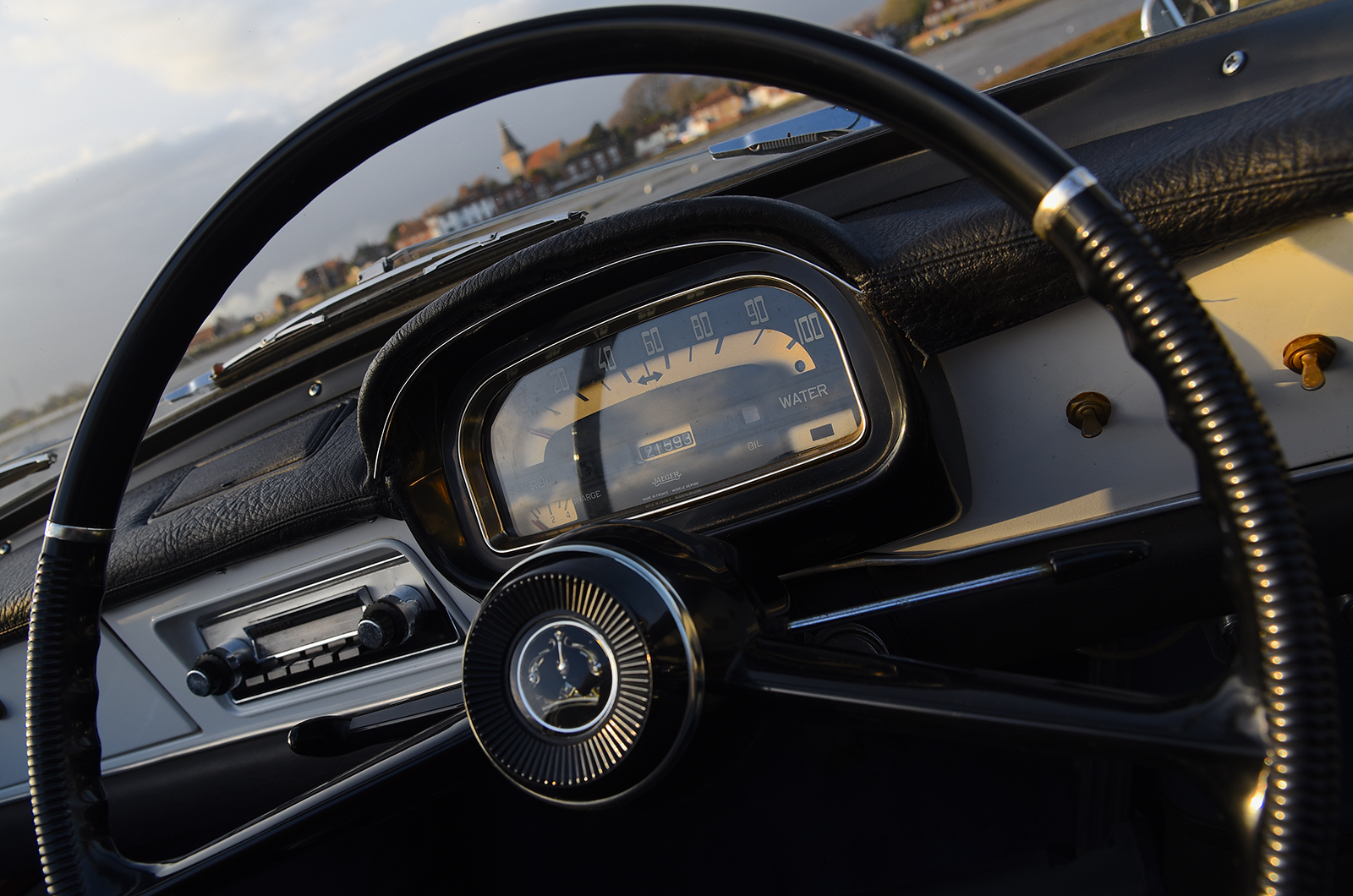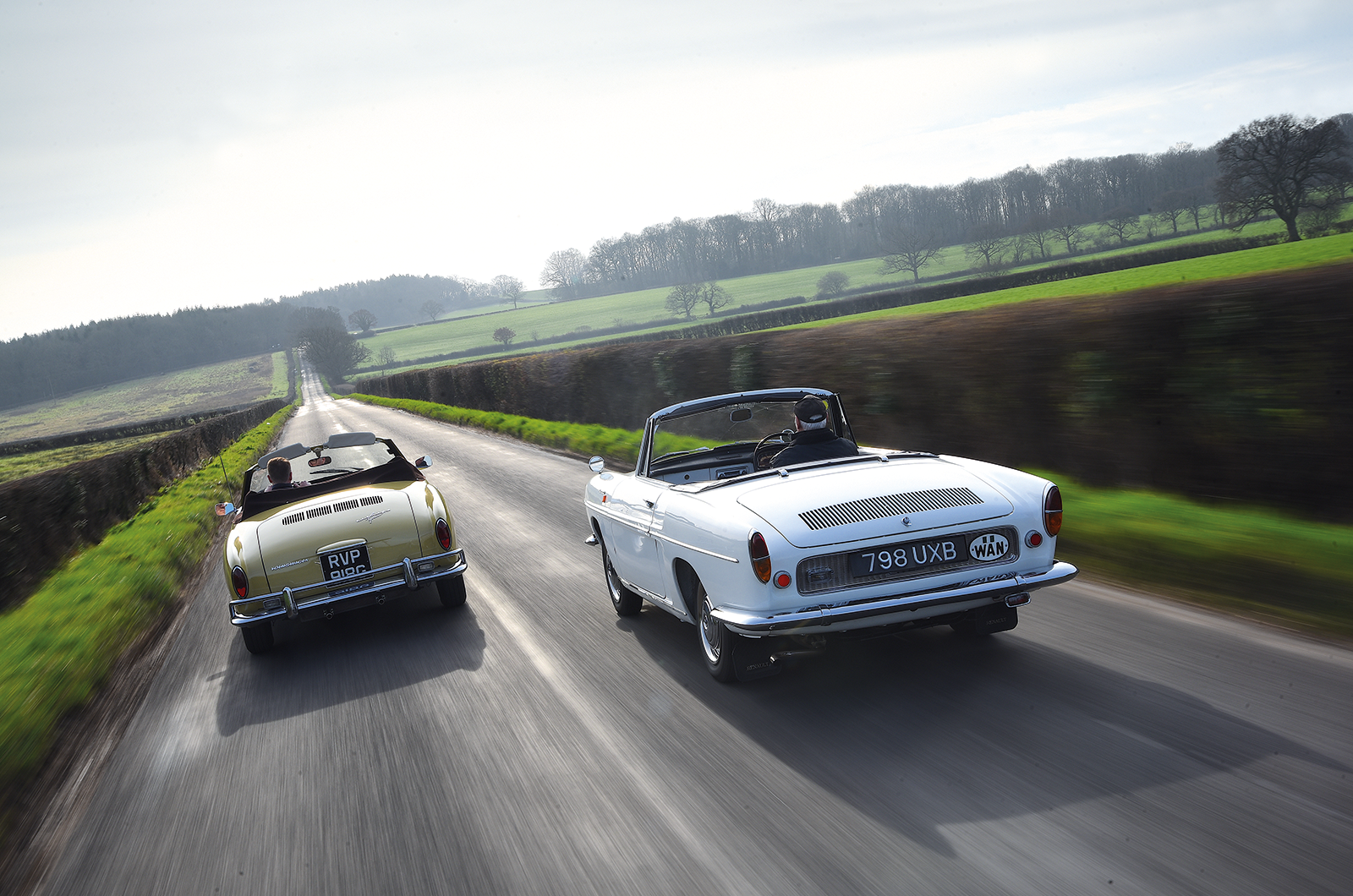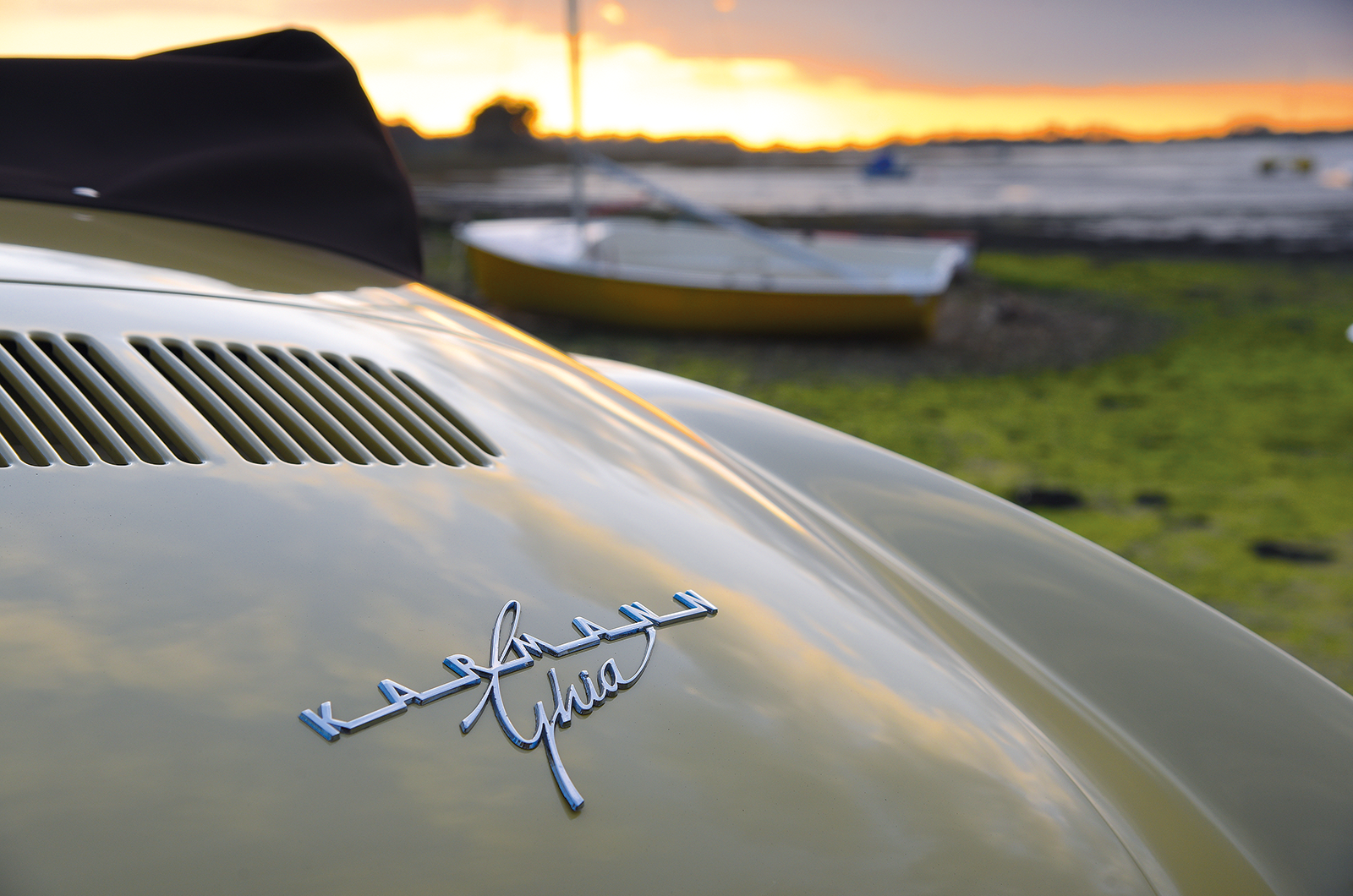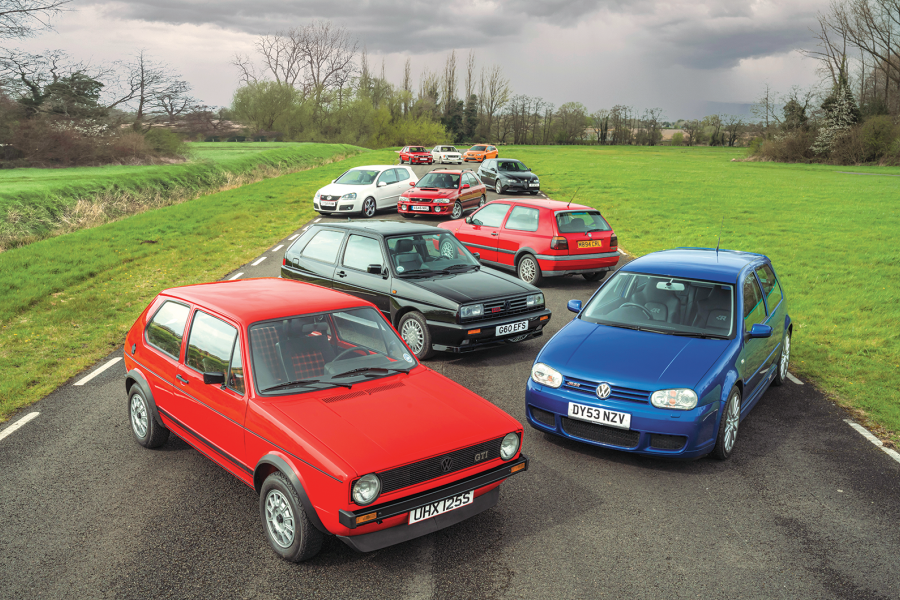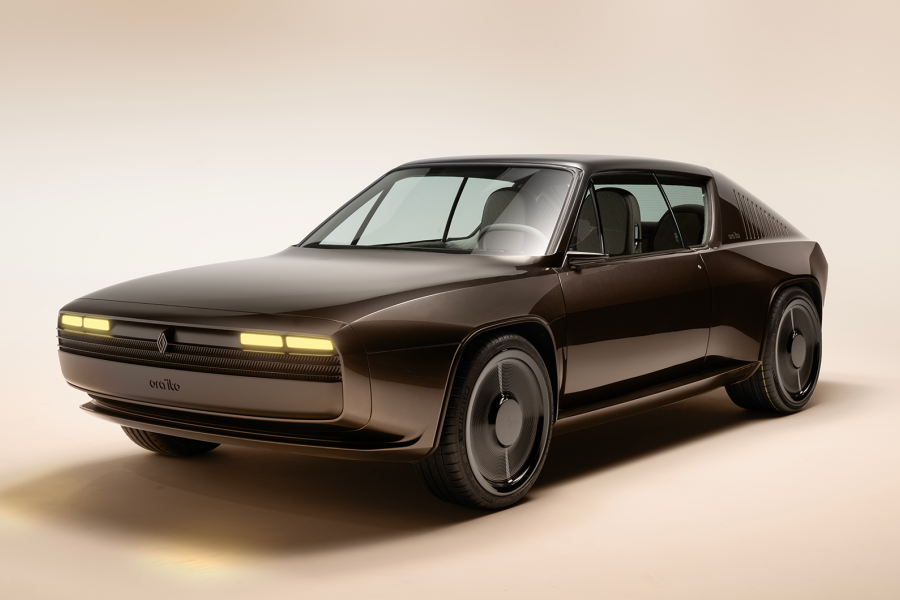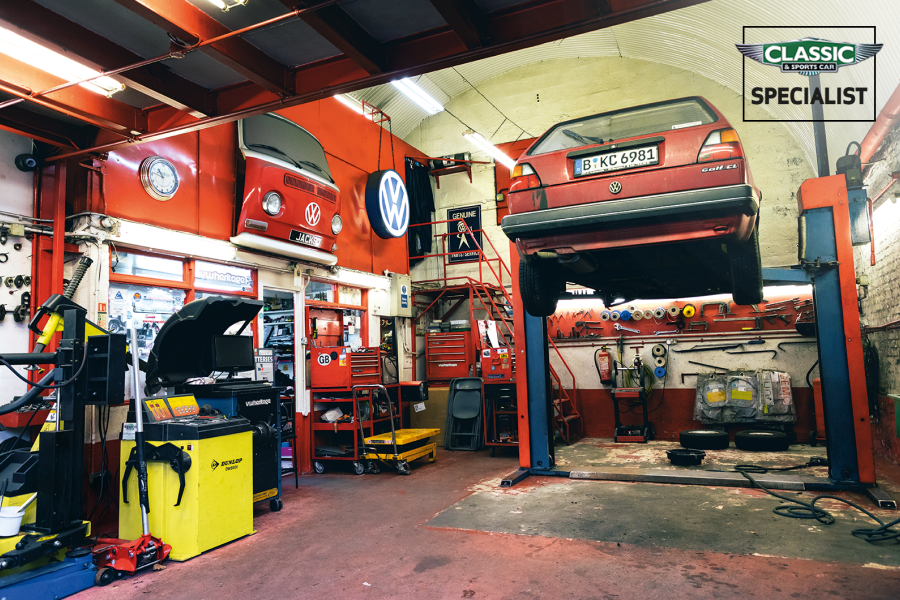But the big difference compared to the Renault is the amount of torque the 1500 offers: 78lb ft at just 2600rpm, compared with just 54lb ft in the Renault.
Even the final 60bhp 1.6 Ghias struggled to break 20 secs to 60mph (1200s took nearly 30), so that torque never makes this Ghia feel truly quick. It does at least lend an effortless quality that fits perfectly its laid-back nature.
Laying back in this US-market Ghia’s driving seat means sitting on the left, though like the Floride it was available in both left- and right-hand drive configurations.
The seats are less comfortable than the Renault’s, and the high-set, floor-mounted brake pedal requires some ankle dexterity.
Those brakes comprise a disc-front and drum-rear set-up, though early models came with drums all round. So did the first Florides, but by the time Nappin’s was built Renault was fitting discs at all corners – advanced stuff for the early 1960s, and probably rather belt-and-braces given the modest performance.
Stylish script in the Renault
But it’s the steering that separates these cars.
The Ghia’s worm-and-sector system feels breezily light, giving the entire car a similar feel and the quick-ish gearing feels surprisingly modern.
Yet it is also disconcertingly non-committal around the straight ahead, only really connecting you with the front wheels once the torsion bar-sprung front end has started to push the weight to its outside front tyre.
The Floride, with its double-wishbone front end and a more sophisticated rack-and-pinion set-up, tries harder to convince you that you’re in a sports car.
The steering feels weightier at low speeds, and better keys you in to what those tiny 135-section front tyres are doing.
But it absolutely lacks the ultimate poise and enthusiasm for changing direction that characterises the real sports car of the age.
Inside the VW Karmann Ghia
No, the Floride’s strengths lie elsewhere: its superior ride quality, impressive turning circle and the fact that, with so little performance, you’re probably never going to be going fast enough for the swing axle’s rear-wheel camber changes to get you into trouble.
Caravelle production continued until 1968, by which time around 117,000 Caravelles and Florides had found homes.
But the Karmann Ghia soldiered on into the 1970s, far outliving the other Karmann Ghia, the razor-edged Type 3-based T34 that joined it in 1961.
The original Ghia eventually bowed out in 1974 when it was replaced, both in VW showrooms and on Karmann’s production line, by the new Golf-based Scirocco.
In total, more than 364,000 Ghia coupés and almost 81,000 convertibles left the Osnabrück factory.
Today, one has a cult following while the other is all but forgotten
Karmann would go on to build cars and bodies for the likes of BMW, Ford, Mercedes-Benz, Porsche – and Renault and Volkswagen again – before filing for insolvency in 2009 and being swallowed into the VW empire.
And Ghia? Following Segre’s death the company eventually fell into the hands of Alejandro de Tomaso, and survived long enough to work on his Pantera before being sold to Ford in the early 1970s.
Today, the VW’s bigger production number helps explain why, if anyone recognises these cars at all, it’s the Karmann Ghia that registers most.
But there’s also the Volkswagen factor to, well, factor in. Old Volkswagens are generally considered cool and desirable in the way old Renaults aren’t, with the result that you could buy a great Floride for £15-20k, but might pay half as much again for a really top-drawer Karmann Ghia.
That you could buy a fine, and much faster – but far less exotic – MGB for thousands less shows just how far these slow but sensual pseudo-sports cars really have come from their humble roots.
Images: Will Williams
Factfiles
Volkswagen Karmann Ghia
- Sold/number built 1955-’74/444,300 (Type 14)
- Construction steel platform chassis and body
- Engine alloy-crankcase/head, iron-barrel, ohv 1192/1285/1493/1584cc flat-four, single/twin Solex carburettors or Bosch fuel injection
- Max power 30bhp @ 3700rpm-54bhp @ 4000rpm
- Max torque 56lb ft @ 2000rpm-87lb ft @ 3000rpm
- Transmission four-speed manual, driving rear wheels
- Suspension transverse torsion bars, parallel trailing arms, telescopic dampers; front anti-roll bar
- Steering worm and roller
- Brakes drums; front discs from Aug ’66
- Length 13ft 7in (4140mm)
- Width 5ft 4in (1630mm)
- Height 4ft 4in (1325mm)
- Wheelbase 7ft 10½in (2400mm)
- Weight 1782lb (810kg)
- 0-60mph 28.8-21.3 secs
- Top speed 73-85mph
- Mpg 30-40
- Price new £1166 (Coupé, 1960)
- Price now £10-30,000*
Renault Floride S
- Sold/number built 1959-’68/117,113 (inc Caravelle)
- Construction steel monocoque
- Engine rear-mounted, iron-block, alloy-head, ohv 956cc ‘four’, with single Solex carburettor
- Max power 45bhp @ 5500rpm
- Max torque 48lb ft @ 3300rpm
- Transmission four-speed manual, driving rear wheels
- Suspension independent, at front by double wishbones, anti-roll bar rear swinging half axles, radius arms; coil springs, auxiliary rubber springs f/r
- Steering rack and pinion
- Brakes discs all round
- Length 14ft (4260mm)
- Width 5ft 2in (1570mm)
- Height 4ft 4in (1310mm)
- Wheelbase 7ft 5½in (2267mm)
- Weight 1645lb (746kg)
- 0-60mph 17.6 secs
- Top speed 89mph
- Mpg 45
- Price new £1168
- Price now £6-17,000*
*Prices correct at date of original publication
READ MORE
Open for business: Maserati A6GCS by Frua
Unhinged hatches: Volkswagen Beetle RSI vs Renault Clio V6
Love is in the air: Honda N360, Citroën Ami 8 and Volkswagen Beetle
Chris Chilton
Chris Chilton is a contributor to Classic & Sports Car
